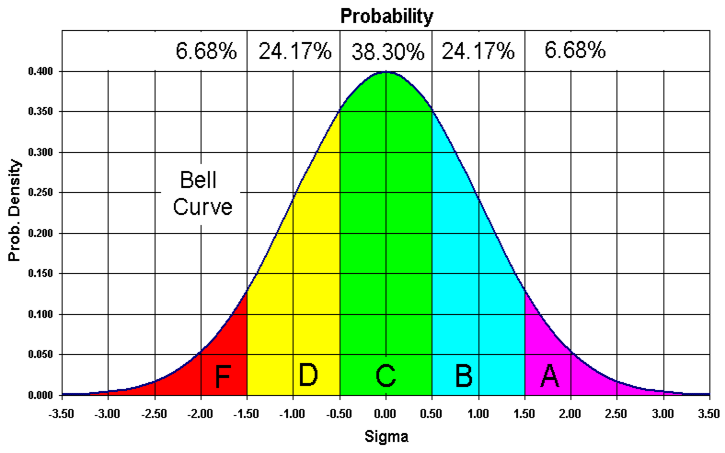I see my dose of reality posting regarding what a "C" really means proved to be a thread-killer!
Hey, no one likes to think of themselves as average, but most people are. It is was it is.
It reminds me of Gallagher's joke, "Surveys show 2 out of 3 people are ugly. So look to your left and look to your right. If they're not ugly, guess what!"
In reviewing the OP, I have to say, it's a fairly strange rant against math in general and algebra in particular. The author cherry-picks his data and misrepresents much of it.
Here is one factoid that I thought particularly strange:
- A January 2012 analysis from the Georgetown center found 7.5 percent unemployment for engineering graduates and 8.2 percent among computer scientists.
It would appear that Mr. Hacker is trying, with this reference,to suggest that engineering graduates and computer science majors were suffering an employment crisis in 2012 and that this somehow supported his thesis that we shouldn't require everyone to learn how to do algebra.
Besides that fact that those two points are non sequitur , I have to point out the context of unemployment in the US in 2012. Here is a chart showing Unemployment rates in the United States over the period of 2004-2014 for all people over 16 years of age :

From January of 2004 through 2014 overall unemployment in the US ranged from about 4.5% to around 10%.
Even a cursory examination of this data shows that unemployment rates of 7.5% - 8.2% is right in the range for the general population, particulary for the year cited, 2012. In fact, it is under the average rate shown in the chart for January 2012. So engineers and computer science majors face employment issues just like everyone else. How does that suggest we should stop teaching algebra?
That's probably why Mr. Hacker hates algebra. He either doesn't get it or doesn't like it because he can't make it fit his political theories!
- -

